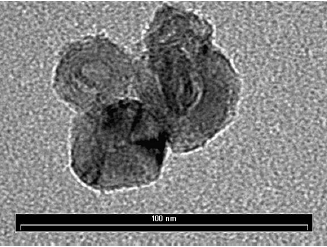Submerged Arc Discharge System for the Synthesis of Multi-layer Carbon Nanoonions
Abstract
The multiwall carbon nano-onions (MWCNOs), represent an allotrope of carbon derived from the more intensively studied fullerene. They typically contain a central C60 molecule and have a diameter in range of 1 - 100 nm. MWCNOs can be used as a therapeutic in the treatment of cancer due to its cytotoxicity and like a nanoprobe to study the immune system. For MWCNO synthesis was used a submerged arc discharge method. The device employed consist of two spectroscopic pure graphite electrodes submerged in 12 L of distilled water operated at 17 V with a current of 30 A. The system comprise also a controllable power supply, a personal computer with an interface circuit, to collect the data from sensors and to control the step motor for the gap adjustment during the synthesis, and the mechanical structure. The nanoparticles are obtained in the form of floating powder on the water surface following an arc discharge between two graphite electrodes submerged in distilled water. The floating powder from the water surface was characterized by transmission electron microscopy and many nested onion - like particles with diameters of 30 – 35 nm can be seen in their agglomerated form. In addition, elongated nested particles, similar to MWCNT can also be observed. In this article is reported a simple system to make high-quality MWCNOs without the use of catalysers and vacuum equipment.

This work is licensed under the Creative Commons Attribution-NonCommercial 4.0 International (CC BY-NC 4.0) license.








